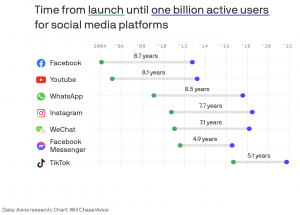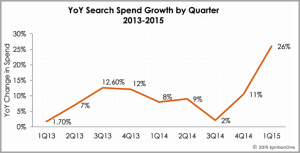Most managers have some level of vested interest in monitoring their employees. With remote teams, it’s important to have some clear gauge for how your employees are performing, since you won’t be there to monitor them in person.
If you’re interested in improving productivity, you’ll need some way to measure your team’s efficiency before and after your new protocols. In rarer cases, if you’re concerned about corporate espionage, you’ll need some way to ensure that your employees aren’t giving away trade secrets.
In any case, employee monitoring software can give you what you need—whether it’s something simple like time tracking, or monitoring employee email—but you’ll also need to consider its effects on employee morale.
The Possible Downsides
Employee monitoring software could have the following negative effects if you aren’t careful:
- Feelings of distrust. When employees learn that they’re going to be monitored, they may feel like you’ve lost trust in them, or that you suspect they’re doing a poor job.
- Some employees may feel paranoid that all their actions are being monitored, and may feel additional stress throughout the day because of it.
- Unfair evaluations. Not all employees are equal, so they shouldn’t be expected to have identical performances. Employees may feel that a monitoring platform could lead to unfair evaluations.
Mitigating Risk
Fortunately, there are some strategies you can use to monitor your employees actively without damaging morale:
- Be transparent. Transparency is one of the greatest keys to keeping employee morale high. Let your employees know that you’re about to install employee monitoring software, and tell them why you’re doing. Be upfront and honest, and encourage an open conversation about it.
- Add new solutions gradually. If you introduce new monitoring software overnight and expect employees to fully comply or change their work style, they’re going to feel resentful and stressed. Instead, opt for a more gradual rollout, such as incorporating email tracking in Gmail, then slowly adding new features.
- Focus on solutions, not problems. If your software detects a productivity problem with an employee, bring it up to them in terms of solutions, rather than problems. Instead of criticizing them for spending too much time on email, offer pointers that can help them email more productively.
- Use monitoring as one of several tools. Don’t rely on employee monitoring software as your judge, jury, and executioner. Instead, count on it only as one of several tools in your repertoire for employee evaluations. No single tool can give you the full perspective on an employee’s performance.
- Don’t let your people become numbers. Employee morale tanks when employees feel like they’re nothing more than numbers. Make sure you allow some degree of flexibility with the individuals on your team, and consider their unique personality traits. Use employee engagement activities to boost morale, build a sense of team, and improve productivity.
Employee monitoring doesn’t have to be intrusive, nor will your employees hate it automatically. In fact, just knowing that they’re being monitored can result in a significant increase in productivity due to a psychological principle known as the Hawthorne effect.
Be considerate and flexible in your approach, and you shouldn’t encounter resistance or resentment. More than ever, amidst the ongoing COVID-19 crisis and the lasting effects it’s likely to have on companies and work culture, employees are keenly aware of the need for businesses to maximize efficiency and productivity.
Business & Finance Articles on Business 2 Community
(72)





